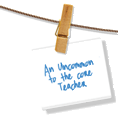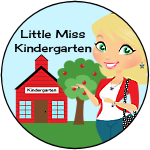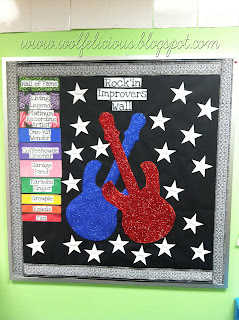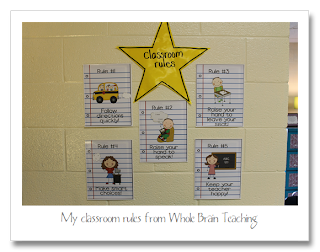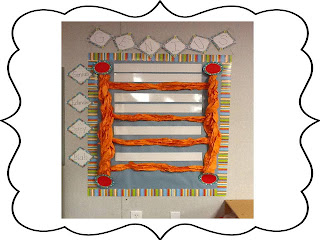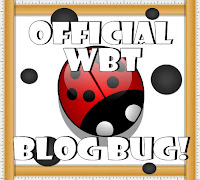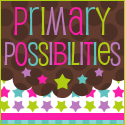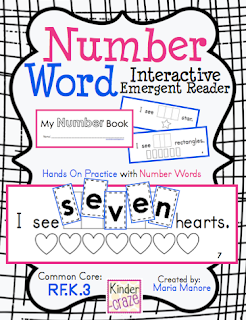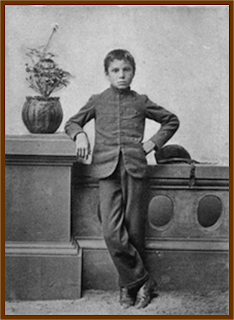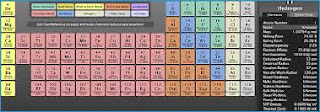One of the classes that I am taking this year for my education degree is Teaching of Aboriginal Studies, which I've posted about
previously over the past few weeks. (For my followers who are from other countries, this course has actually been a Provincially-mandated requirement for all educators in Manitoba since 2008.) Today we discussed
Understanding the Integration of Aboriginal Perspectives through Theory and I was especially intrigued by our highlight of the traditional Aboriginal view of education. As I will be entering the workforce (fingers crossed) within the year this discussion really encouraged me to examine specific aspects of my teaching style to see how it fit in with this traditional view.
The following is a self-reflection of how some of the Whole Brain Teaching (WBT) strategies that I am drawn to compare or contrast with the traditional Aboriginal view of education.
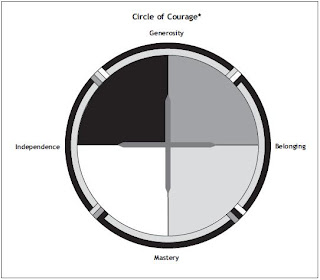 |
| Photo Credit: Manitoba Education & Youth. (2003) Integrating Aboriginal perspectives into the curricula: A resource for curriculum developers, teachers, and administrators. Winnipeg, MB: School Programs Division. *Used with permission from Circle of Courage, Inc. Lennox, South Dakota. Artist: George Blue Bird. |
As it is with any society, education has always been an important part of Aboriginal culture. One of our main discussion points in class today centred on The Circle of Courage. The following is an explanation of
The Circle of Courage provided by the Manitoba Education Career Development team:
"The Circle of Courage is a model of positive youth development first
described in the book Reclaiming Youth at Risk, co-authored by Larry
Brendtro, Martin Brokenleg, and Steve Van Bockern... The Circle of
Courage is based in four universal growth needs of all children: belonging,
mastery, independence, and generosity."
As seen in the image above, The Circle of Courage, includes
Generosity,
Belonging,
Mastery and
Independence. This model indicates that there are many interconnected factors that can impact a child and, as such, it is important to take all of this into account in order to set up a positive and effective learning experience for that child. Through this self-reflection, I would like to take a closer look at each of these areas of The Circle of Courage to examine the traditional Aboriginal view of education and how WBT would fit in with this view.
Generosity
"The child learns to consider generosity as a highly virtuous trait"
It is important for all children to recognize the importance of generosity and the impact it can have on themselves, their peers, their community, and, on a larger scale, the world. With my background in Social Studies I am especially conscious of the importance of encouraging generosity, understanding societal obligations and working collaboratively for the betterment of your community. Unfortunately, the portions of Whole Brain Teaching that I use function as classroom management strategies and I do not feel as though there is one specific strategy that encourages generosity.
There are, however, WBT strategies that contribute to a student's sense of belonging in the classroom community. I believe that these strategies provide a good foundation for the encouragement of generosity as they require the student to understand that their contributions can positively affect those around them. With this foundation, I would hope to encourage generosity through the ways in which we approach content in the classroom and the types of assignments we complete.
Belonging
"The child is given a sense of self-importance within the general context of his or her community and learns that all members of the community belong and have a role and valuable contribution to make."
Everyone wants to know that they belong and are a valued member of their community. This community can be their classroom community, their school community or their hometown community. It is important for students to recognize that they are an important member of their classroom community, that their contributions are valued and that they are respected. One of the wonderful things about Whole Brain Teaching strategies is that they require full participation from all students in the class. For example, the WBT strategy of "
Teach-Ok" has every student actively reviewing and teaching material to a partner. Most traditional classroom discussions feature a handful of students who contribute to the conversation. While group discussions do often bring up many wonderful points, there will always be students who do not feel as though they can speak up and have their opinions heard. By using "Teach-Ok" the teacher is implying that every single student in the class has valuable insight on the topic being discussed and can be an active part of the learning process.
Other WBT strategies that I believe contribute to a sense of belonging are the "
10-Finger Woo" and "
It's Cool". The "10-Finger Woo" is a quick public acknowledgement of something a student has done well. For example, if a student brings up an important point in class that furthers the learning opportunity the teacher and each student in the class acknowledge that by wiggling all ten fingers at the student and saying, "woo". Essentially, this acknowledgement is a fun, silly variation of giving a thumbs-up. In the aboriginal community, "... superior skills of an individual were the possession of whole community rather than the individual. So, if one individual developed extreme prowess at hunting, then the whole community benefited from the game obtained by the individual."
(pg.15) By using this strategy the students of the classroom see that their
contributions are of value and that their actions positively impact the
rest of the students in their classroom community.
On the flip side, when a student is unable to answer a question
or answers incorrectly the teacher and the other students say, “It’s Cool!” While some students may feel embarrassed when they cannot answer a question, this strategy emphasizes that the learning process is way more important than just having the right answers. Additionally, some of the best learning opportunities stem from completing something incorrectly so it could be that a student's incorrect response can lead to in-depth learning opportunities for the entire classroom.
Mastery
"The child is given the means and opportunity to become the best he or she can in various skills and in acquiring knowledge."
When I read this description I immediately thought of a discussion we had in class about equality vs. equity. Do our students benefit the most if every single student is treated exactly the same or is it better to treat some of our students differently based off what they need to succeed? As teachers, we should strive for equity as some of our students may only require an opportunity to show up to class for them to succeed where as other students may require assistance outside of class time to succeed. If both students were treated equally one student would not have the means and opportunity to become the best he or she could be.
Whole Brain Teaching does a wonderful job of providing easy opportunities to differentiate instruction and provide different types of learners with opportunities to learn in a manner that best suits them. Proposed by Howard Gardner, the theory of multiple intelligences speaks
to the idea that there are different platforms of intelligence and that
material can be understood and manipulated by people differently based
on their specific intelligence. For example, a child who can recreate
musical compositions by ear (musically intelligent) may not be able to
effectively multiply (mathematically intelligent). In the aboriginal community, elders would educate the youth of the
community through oral traditions (linguistic intelligence), artwork
(spatial intelligence), and discussions (inter-personal intelligence) as
well as encouraging the child to explore their personal interpretation of a
lesson highlighted in a story (intra-personal intelligence). Whole Brain Teaching strategies also provide students with the opportunity to interpret content visually (images, presentations), linguistically (discussions, written text), kinesthetically (gestures), and inter-personally (group discussions, teach-ok).
Independence
"The child is given appropriate opportunities to develop independence."
While a sense of community is incredibly important, a child must also have the necessary skills to function independently. Our in-class discussion on independence today centred on Vygotsky's model of the Gradual Release of Responsibility and the phenomenon of "
helicopter parents" who may not allow their children to develop a strong sense of independence. I was fortunate enough to be employed by our university's residence for four years and I saw many students who had just moved away from home for the first time and had not had the opportunity to develop independence beforehand.
In similar fashion to my discussion on generosity, I do not feel as though there is one WBT strategy that specifically works on developing independence. This skill, however, would be developed through the way the classroom is set up, the assignments/projects that we complete and the overall expectations of the students.
__________________________________________________
Whole Brain Teaching is just a small aspect of who I am as a teacher but, after reflecting on newly acquired information, I can say that there are some aspects that appear to mesh well with the traditional Aboriginal view on education. While there are some Aboriginal values that are not specifically represented through the use of WBT strategies, I know that I will strive to integrate Aboriginal perspective into my classroom through all aspects of my teaching
To read more about Aboriginal perspective and Whole Brain Teaching, visit:
Manitoba Education & Youth. (2003) Integrating Aboriginal perspectives into the curricula: A resource for curriculum developers, teachers, and administrators. Winnipeg, MB: School Programs Division
Whole Brain Teaching website






